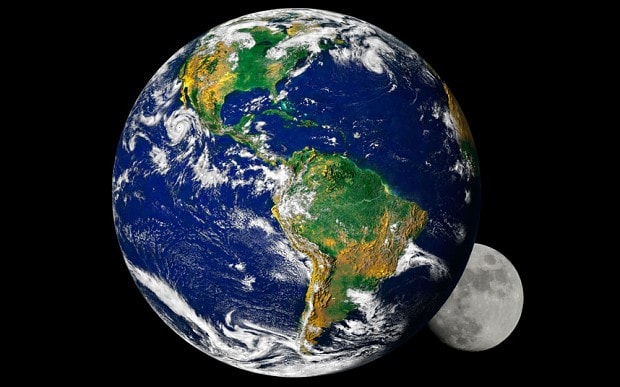FALCON POWERS – Researchers at the University of Southern California have presented new evidence proving that the Earth’s inner core is slowing down, according to a recent study published in the journal Nature.
Over the past two decades, research had suggested that the inner core rotates faster than the planet’s surface, but the new study found that the inner core has started to decelerate since 2010, moving slower than the Earth’s surface, which has a slight effect on the planet’s rotation in space. This does not mean the day will become noticeably longer, as the scientists say the change would be extremely difficult to observe.

John Vidal, dean of earth sciences at the USC Dornsife College of Letters, Arts and Sciences, said: “When I first saw the seismic patterns hinting at this change, I was puzzled. But when we found 20 other observations pointing to the same pattern, the conclusion was inescapable. The inner core has started slowing for the first time in decades. Other scientists have recently argued for similar but different models, but our latest study provides the most optimal and convincing analysis.”
The inner core is a solid ball of iron and nickel, surrounded by the liquid iron-nickel outer core. It is about the size of the Moon and lies more than 4,800 kilometers beneath our feet, posing a challenge for scientists who cannot visit or observe it directly.
Vidal said the slowdown of the inner core’s speed is caused by the sloshing of the liquid iron outer core surrounding it, which generates the Earth’s magnetic field, as well as gravitational forces from dense regions of the rocky mantle above.
The effects of this change in inner core motion on the Earth’s surface can only be speculated. Vidal explains that the retreat of the inner core could change the length of the day by fractions of a second.


